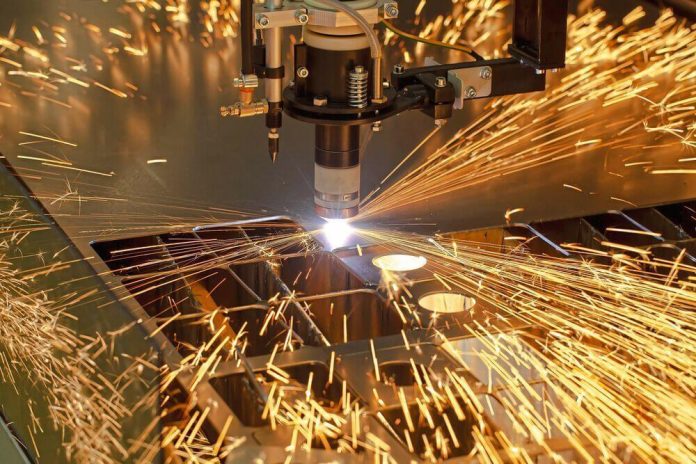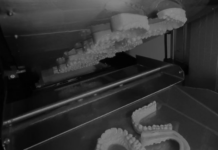Lantek has introduced Intelligent Collision Avoidance (ICA), a new and revolutionary algorithm that it has developed to minimise potential collisions.
With this development, the company has taken another step further in its commitment to working towards full automation and unattended cutting, minimising the risk of machine shutdowns due to collisions. It increases productivity by significantly reducing the possibility of interruptions caused by a collision that renders the cutting head unusable, the company states.
Lantek’s ICA algorithm, which combines various measures for avoiding collisions between the cutting head and the parts that have already been cut, adds new strategies and techniques which include controlling the cutting of parts while considering nearby contours (configurable within a range), thus reducing the collisions that occur between the head and any unstable contours when cutting the raw material.
Lantek’s new algorithm is able to detect exactly which components and scrap elements of the sheet metal pose a potential risk, bouncing and positioning themselves on top of nearby contours or becoming rotated, posing a risk to the movements of the cutting head. When this is detected, the system automatically assigns one or more micro-cuts.
As the cutting of the sheet metal advances, the system can define a safe cutting path, allowing the user to choose to cut parts as soon as possible or at the end of the sheet metal machining. Also, if this last finishing process for mini-cuts comes into conflict with potentially unstable contours, the system moves automatically to an area without conflict.
With ICA, Lantek offers a much more effective solution to the problems faced by the companies that use laser cutting machines which, occasionally, are forced to interrupt production due to damage caused to the cutting head by cut parts remaining on top of the sheet metal or becoming rotated when they are ejected.
These machines, due to the power, speed and capacity required for cutting greater thicknesses of sheet metal, use high pressure gases to eject the cut fragments. As a result, occasionally, a part is left on top of a contour that will be cut later, be it directly afterwards or at any point during the subsequent machining.


















































